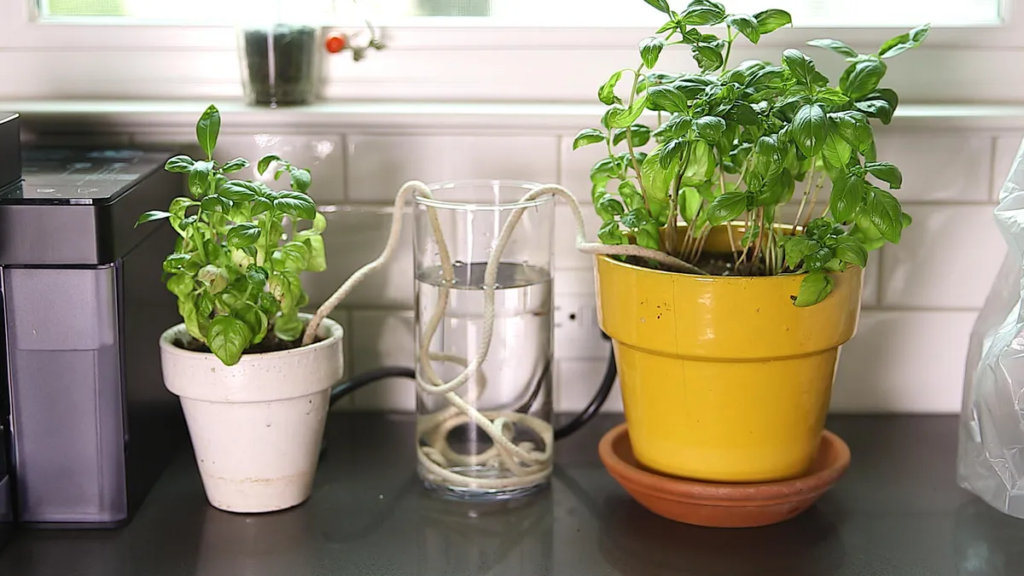Caring for your plants while conserving resources and cutting costs is a goal for many gardening enthusiasts. Here, we’ll explore two effective, DIY methods to water your plants for an entire month without spending a dime. These approaches use common household items, making them affordable, eco-friendly, and simple to implement.
Method 1: Slow-Release Watering Using a Buried Plastic Bottle
Materials Needed:
- A large plastic bottle (2-liter size works well)
- Marker
- Sharp tool (awl or heated iron rod)
- Water
Step-by-Step Guide:
- Prepare the Bottle: Clean the bottle and remove any labels. Mark two points on the bottle—one about 15 cm from the bottom and another 10 cm from the neck.
- Create Water Outlet: Use a sharp tool to make a small hole approximately 7 cm from the bottom of the bottle.
- Fill the Bottle: Fill the bottle with water up to the lower marked line and tighten the cap.
- Place the Bottle: Dig a hole near your plant’s base and bury the bottle up to the lower marked line, ensuring the hole faces the plant’s roots.
- Final Step: Fill the bottle completely with water, secure the cap, and cover it with soil, leaving the neck exposed.
Advantages:
- Direct water delivery to the root zone, reducing waste.
- Less frequent watering required, saving time and effort.
- Ideal for vegetable gardens and outdoor plants.

Method 2: Wicking System with a Plastic Bottle and Fabric/String
Materials Needed:
- Plastic bottle
- Cotton fabric or thick cotton string
- Water
- Sharp tool for making a hole
Step-by-Step Guide:
- Prepare the Bottle: Clean the bottle and use a sharp tool to make a hole in the cap.
- Thread the Fabric/String: Cut a piece of cotton fabric or string and thread it through the hole in the cap, ensuring it’s long enough to reach the soil.
- Fill and Seal: Fill the bottle with water and secure the cap, making sure the fabric or string is fully saturated with water.
- Position the Bottle: Place the bottle cap-side down in the soil near the plant, with the fabric or string extending into the soil.
Advantages:
- Consistent, direct water delivery to plant roots.
- Works well for indoor and outdoor potted plants.
- Low-maintenance and easy to monitor water levels.
Both of these methods offer effective, sustainable solutions to keep your plants hydrated for extended periods. Whether you’re facing a dry spell or planning a vacation, these DIY watering techniques ensure your plants remain healthy and well-nourished. By reusing plastic bottles and repurposing simple household items, you’re not only saving money but also promoting environmentally friendly gardening practices.
Embrace these easy, cost-effective methods to maintain your garden’s health and contribute to water conservation. Your plants—and the planet—will thank you for it.
